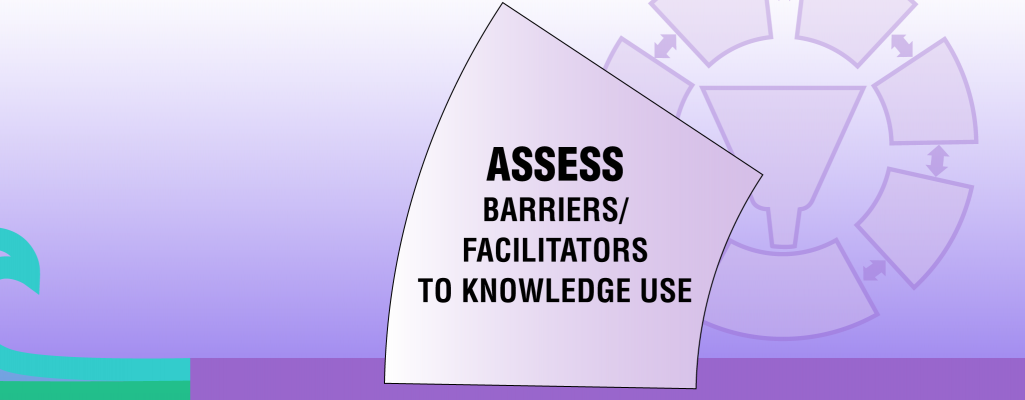Image


Barriers and facilitators have been classified in many different ways. Here are some examples of common barriers and facilitators identified in the literature at the micro, meso and macro levels, as well as characteristics of the change or intervention itself (Geerligs et al., 2018; Holleman et al., 2009; Solomons & Spross, 2011; Vogel et al., 2016).



© 2024 RNAO. All rights reserved.